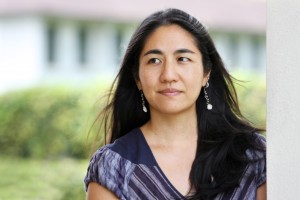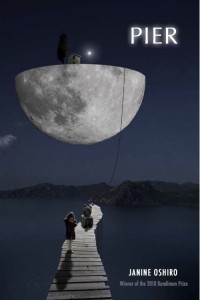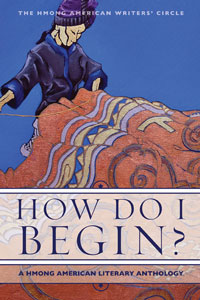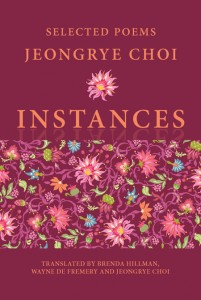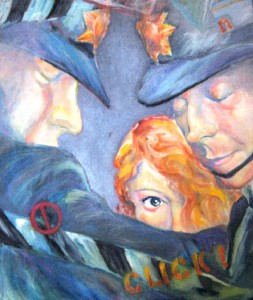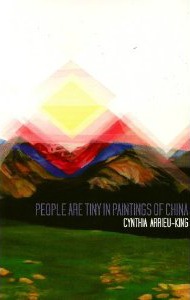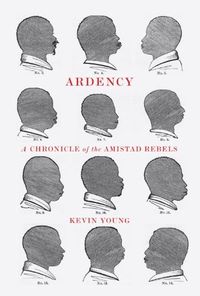
I’ve seen two fascinating films recently, both of whose images and underlying attitudes have seeped (mysteriously, inexplicably) into my work. The first is The Tree of Life, whose cosmic interludes (and I mean this literally: one minute you’re observing a family at a dinner table and the next you’re panning across sunspots and galaxies… or maybe a child’s conception?) and drifting trajectories through time make you feel like you’re living inside a Jorie Graham poem. The second is Uncle Boonmee Who Can Recall His Past Lives, a lush, sometimes perplexing film whose primary effect was to draw me back into the sounds and mythologies of my childhood in Southeast Asia.
What I found after watching these films, Uncle Boonmee in particular, was that certain scenes began to haunt me, such that while drafting entirely unrelated poems I would start stitching lines together from the perspective of a character in a movie, or with an emotional pitch keyed to a particularly memorable scene. Weirdly enough, I found this productive; elements of the poems derived, however indirectly, from these films turned out to be not at all foreign to the impulses of the overall piece. Continue reading “Friday Prompt: Writing from Film”
